earnest thoughts, ensign of sacrifice, who fills the synod full
ensign of sacrifice = Gebo, giving without expecting anything in return
who fills the synod full = Naudiz, destiny
3+6=9




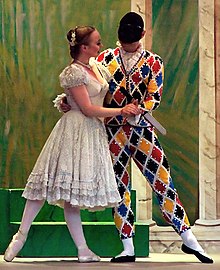
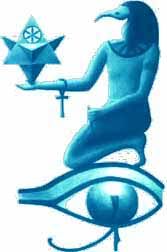


 ), whereas a bishop attacks no more than thirteen and as few as seven, depending on how near it is to the center. Also, a king and rook can force checkmate against a lone king, while a king and bishop cannot.
), whereas a bishop attacks no more than thirteen and as few as seven, depending on how near it is to the center. Also, a king and rook can force checkmate against a lone king, while a king and bishop cannot.

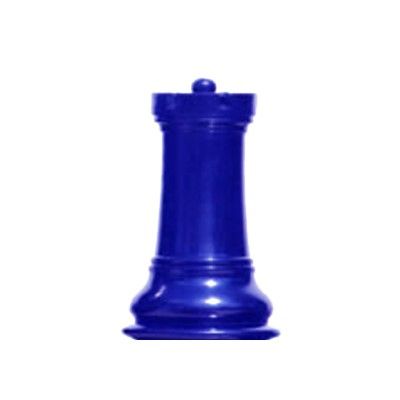


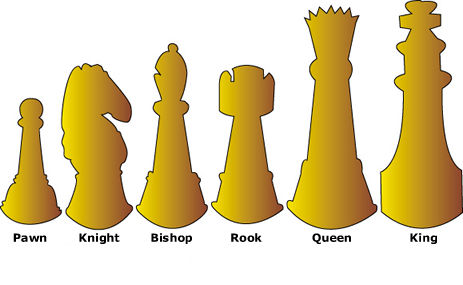




 ..... ( you can change all of them if you want ) .....
..... ( you can change all of them if you want ) .....  Jazz Rosco - Ray-O's Bounce - YouTube ..... have you wondered why the act of thinking is called RefleXion
Jazz Rosco - Ray-O's Bounce - YouTube ..... have you wondered why the act of thinking is called RefleXion 














 agnus - Wiktionary
agnus - Wiktionary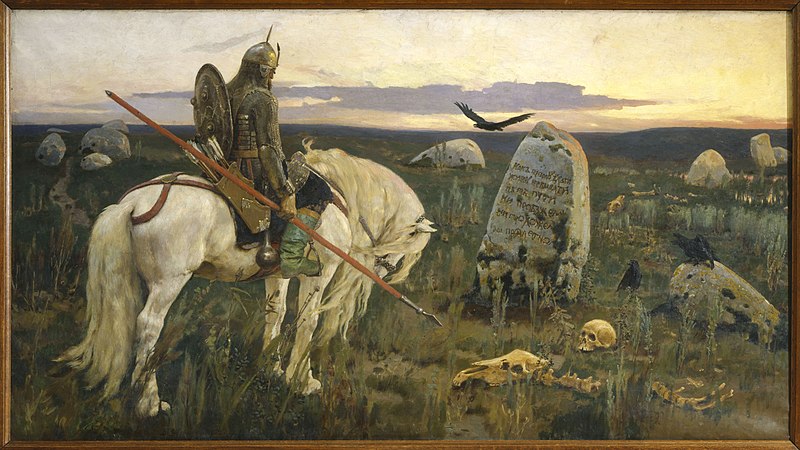
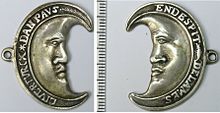

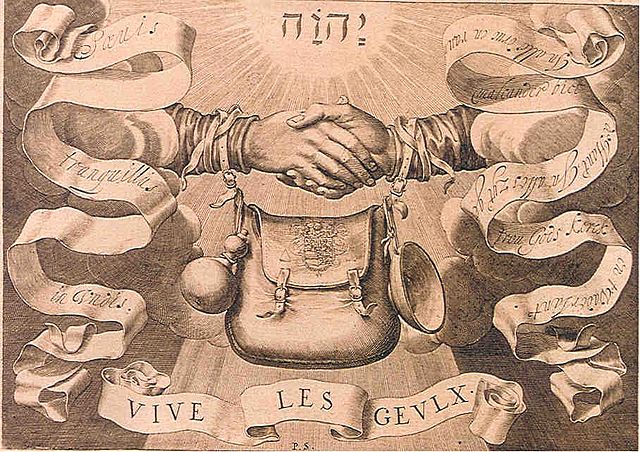

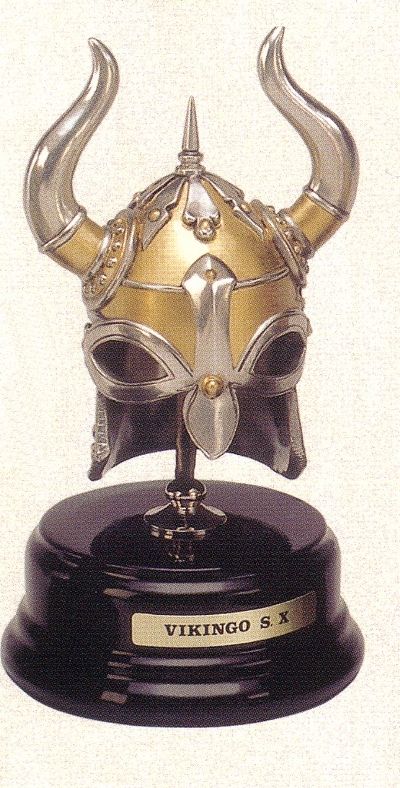
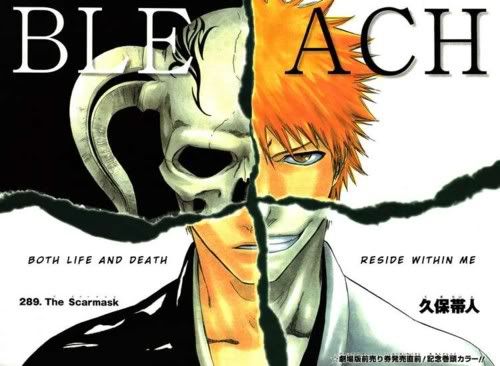










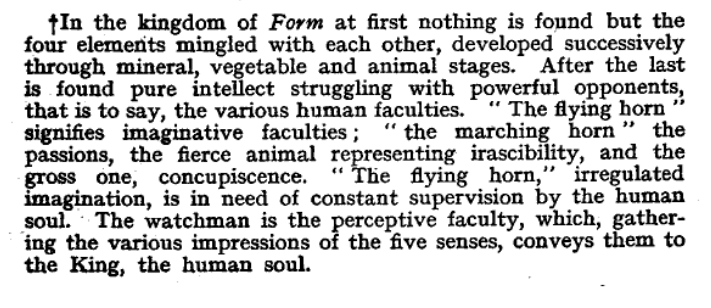

 ♪ African Flute (HQ) by South African Combo - 1971 Voodoo Flute Funk 7" Beachfreaks from italy - YouTube
♪ African Flute (HQ) by South African Combo - 1971 Voodoo Flute Funk 7" Beachfreaks from italy - YouTube





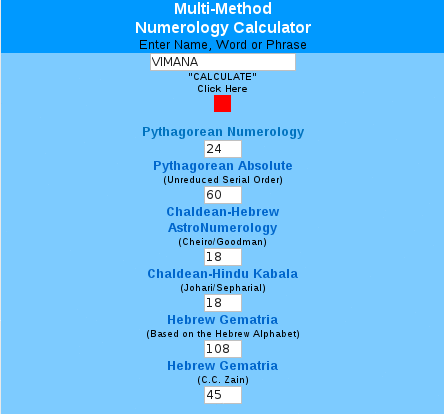
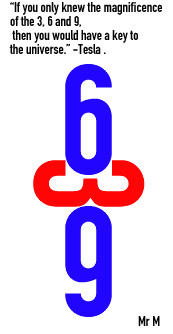

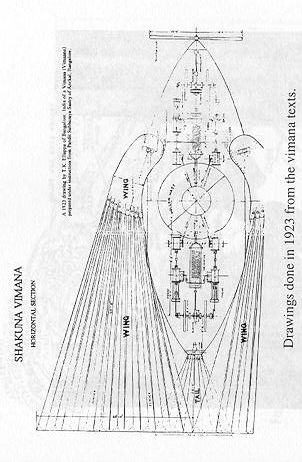


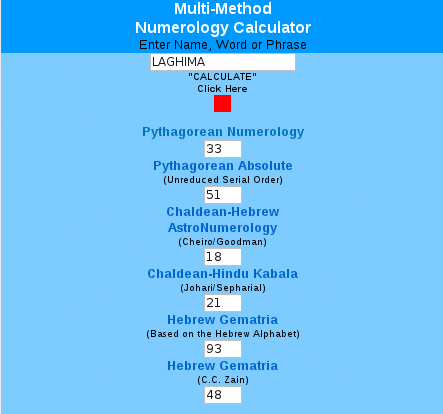



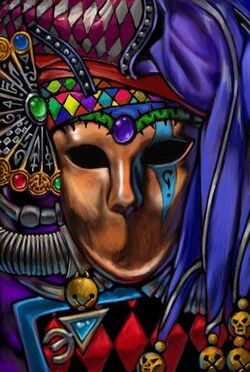





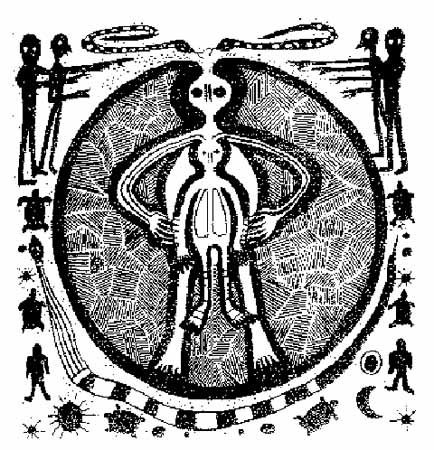













.svg/613px-Giza_pyramid_complex_(map).svg.png)



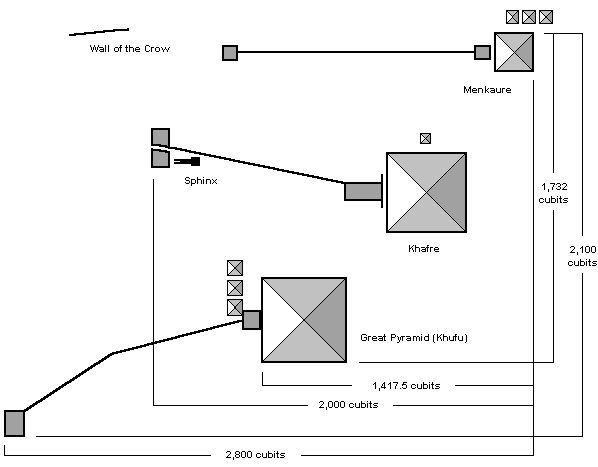


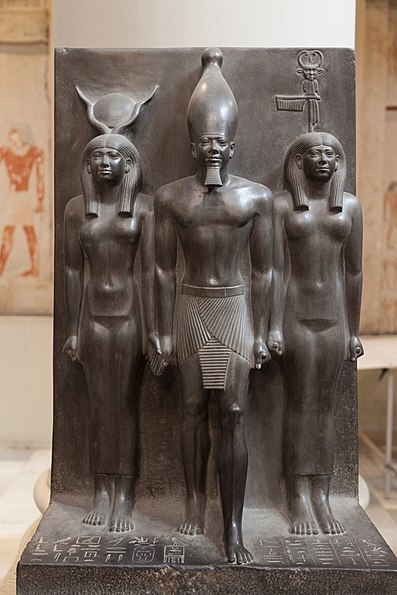




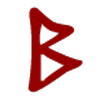

Comment